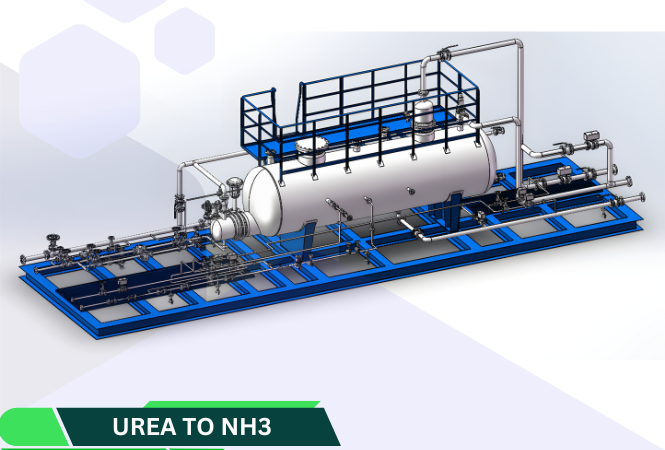
APPLICATIONS
Lithium is widely used in batteries, ceramics, glass, lubricants, refrigeration, nuclear, and photovoltaic industries. With the continuous development of computers, digital cameras, mobile phones, mobile power tools and other electronic products, the battery industry has become the largest consumption area of lithium. In addition, lithium carbonate is one of the effective ways to reduce energy consumption and environmental protection in the ceramic industry, and the demand for lithium will also increase. At the same time, the new role of lithium in glass is also being discovered, and the demand for lithium will continue to grow in the glass industry. As a result, the glass and ceramic industry has become the second largest consumer areas of lithium.
PROCESS METHOD
Traditional lithium extraction from spodumene requires high-temperature roasting (950–1100°C) to convert α-spodumene to β-spodumene before leaching. However, direct leaching methods aim to bypass this energy-intensive step by chemically breaking down α-spodumene at lower temperatures.
(A) Hydrofluoric Acid (HF) Leaching
(B) Sulfuric Acid + Additives (Mechanochemical Activation)
TYPICAL PROCESS
Lithium extraction from spodumene typically involves several key steps, primarily focusing on the conversion of the naturally occurring α-spodumene to a more reactive form (usually β-spodumene) followed by chemical processing to extract lithium. Below is a summary of the typical processes based on current research and industrial practices:
1. Pretreatment: Conversion of α-Spodumene to β-Spodumene
Naturally occurring α-spodumene is refractory and must be converted to β-spodumene through high-temperature calcination (typically 950–1100 °C) to make lithium accessible for extraction.
The phase transformation is critical, with studies showing that temperatures above 800 °C are necessary for effective conversion, and optimal conditions (e.g., 1050 °C for 60 min) can achieve up to 98.94% conversion efficiency .
2. Acid Roasting (Sulfuric Acid Process)
The most common industrial method involves sulfuric acid roasting of β-spodumene, where the mineral reacts with concentrated sulfuric acid at elevated temperatures (around 250–300 °C) to form water-soluble lithium sulfate .
This process is energy-intensive and generates significant waste residue, but it achieves high lithium recovery rates (~96%) .
Lithium Leaching from Spodumene (WithRoasting)
.png)
APPLICATION FIELDS

Direct Lithium Leaching from Spodumene (Without Roasting)
Traditional lithium extraction from spodumene requires high-temperature roasting (950–1100°C) to convert α-spodumene to β-spodumene before leaching. However, direct leaching methods aim to bypass this energy-intensive step by chemically breaking down α-spodumene at lower temperatures.
(A) Hydrofluoric Acid (HF) Leaching
Process: α-spodumene reacts with HF at 25–100°C to form soluble LiF and AlF₃.
Reaction: LiAlSi2O6+22HF→LiF+AlF3+2H2SiF6+8H2O
Recovery: ~90–95% Li.
Pros: Works at low temperatures (no roasting needed). Fast kinetics (~2 hours).
Cons:HF is highly toxic and corrosive (safety risks). Requires fluoride-resistant equipment.
(B) Sulfuric Acid + Additives (Mechanochemical Activation)
Process:
Grind α-spodumene with H₂SO₄ + activator (e.g., CaF₂, FeSO₄) in a ball mill.
Mechanical forces break crystal structure, enhancing reactivity.
Leach at 80–120°C to dissolve lithium as Li₂SO₄.
Recovery: ~85–92% Li.
Pros:
Avoids high-temperature roasting.
Can use waste sulfuric acid (cost-effective).
Cons:
High acid consumption (~1.5–2x traditional process).
Requires fine grinding (high energy input).
DOWNLOADS


Add paragraph text. Click “Edit Text” to update the font, size and more. To change and reuse text themes, go to Site Styles.
UREA TO AMMOUNIA
.png)
Add paragraph text. Click “Edit Text” to update the font, size and more. To change and reuse text themes, go to Site Styles.
WFF EVAPORATOR
.png)
Add paragraph text. Click “Edit Text” to update the font, size and more. To change and reuse text themes, go to Site Styles.
